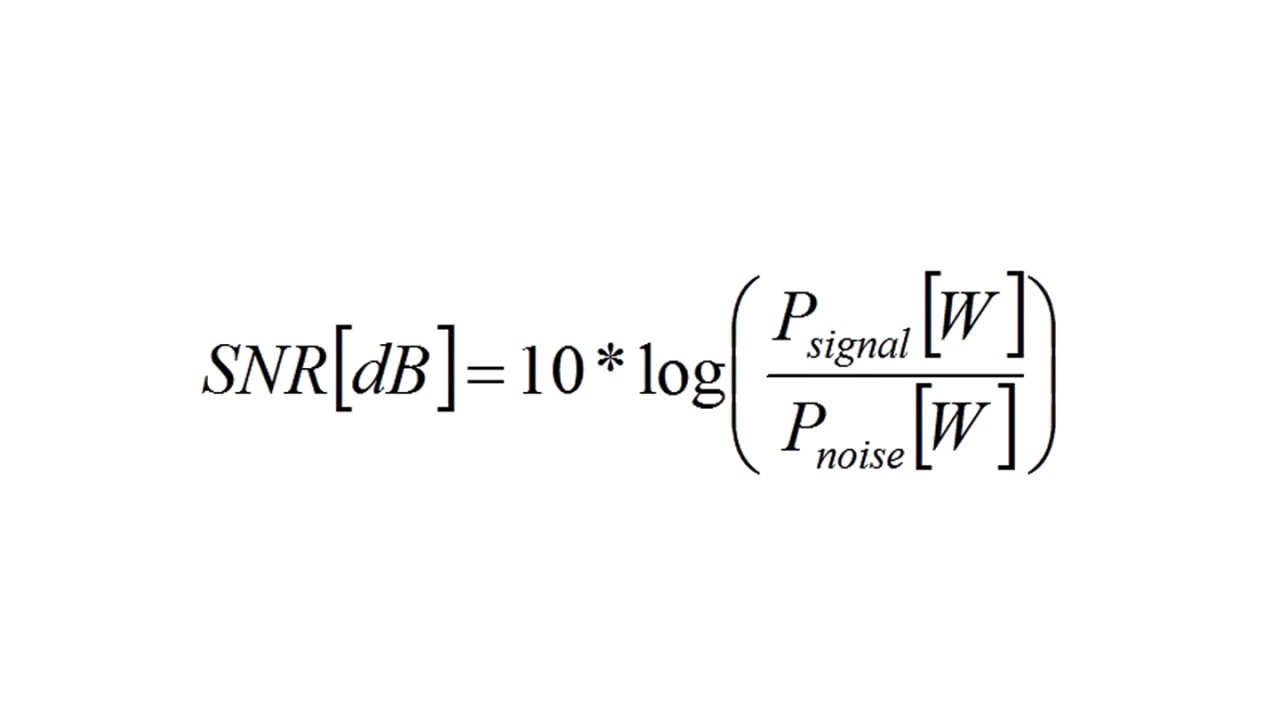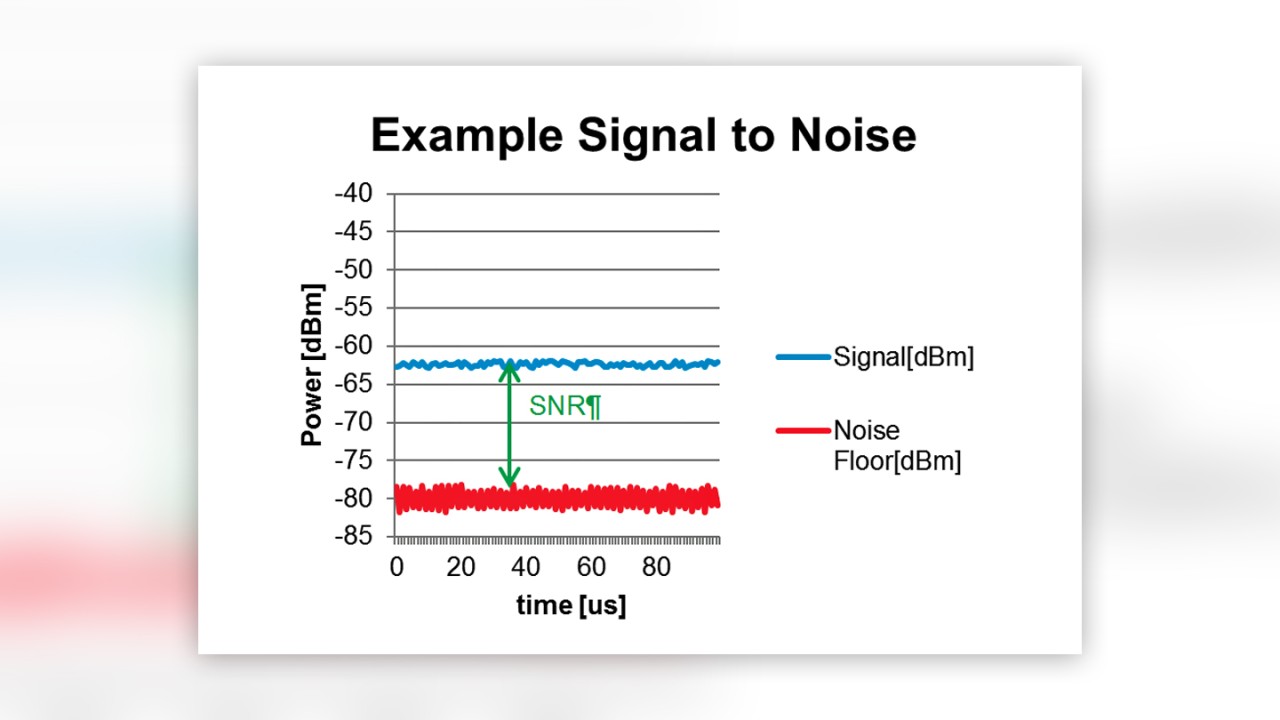Written by Andreas Richard | May 11, 2017


Our systems have to work at -40°C (-40°F) for our customers in Canada and Russia, and at +45°C (104°F) for our customers in Dubai. This wide temperature range of 85°C (144°F) is very demanding on any hardware and has a major impact on system design. Our systems’ ambient temperature can change quite rapidly. For example, driving out of an underground parking garage, sudden weather changes, and sunlight irradiation all affect temperature.


In addition, the specific heat of the user equipment’s internal processing is highly dependent on its task. There is a significant difference in the perspective of used processing power between making a standard voice call and streaming a video in full HD.
Temperature and thermal noise in system design
A voice RF channel needs only small bitrates with small bandwidth allocation, using low order modulation schemes that are not too demanding on the user equipment’s radio modem. A full HD video stream, on the other hand, may use high bandwidth – utilizing higher-order modulation, multiple data streams (MIMO), and multiple RF channels (carrier aggregation) – and needs the radio modem’s full power. Moreover, video coding processing requires a dedicated GPU (Graphical Processing Unit).
Before taking a closer look at how temperature affects user equipment, let’s deal with the basics of thermodynamics. Thermal noise has a significant influence on the design and engineering of radio frequency circuits. The Boltzmann constant (named after the Austrian physicist Ludwig Boltzmann, 1844-1906) defines the relation between thermal noise and temperature.
Thermal noise is unavoidable (at non-zero temperature), and its noise level increases with temperature. Bearing this in mind, let’s look at the formula below, expressing the simplest quality key performance indicator (KPI), the signal-to-noise-ratio (SNR).


You can see that an increase in noise power reduces the SNR. In other words, if the volume of surrounding noise goes up, it gets harder to understand a person who is talking (to recognize speech, we need an SNR of approximately 6 dB).
In radio communications and electronics, there are many noise sources, including atmospheric, cosmic, and thermal. Together they form the noise floor. Determining the dominant noise source can be quite tricky. However, raising the ambient temperature will increase the noise floor and, at some point, reduce the SNR.


Luckily, it is quite easy to make sure that user equipment will not be affected by thermal noise: just keep it in a controlled environment with a stable ambient temperature such as the TCM (test device containment module) from Rohde & Schwarz mobile network testing. This ensures the maximal comparability of measurement results.
Learn more about our network benchmarking solutions here.






